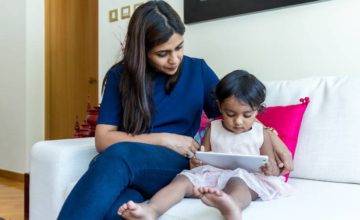
Resource
What We Know About Early Literacy and Language Development
Explore how early language and literacy skills unfold for infants and toddlers across the first 3 years of life.
Details
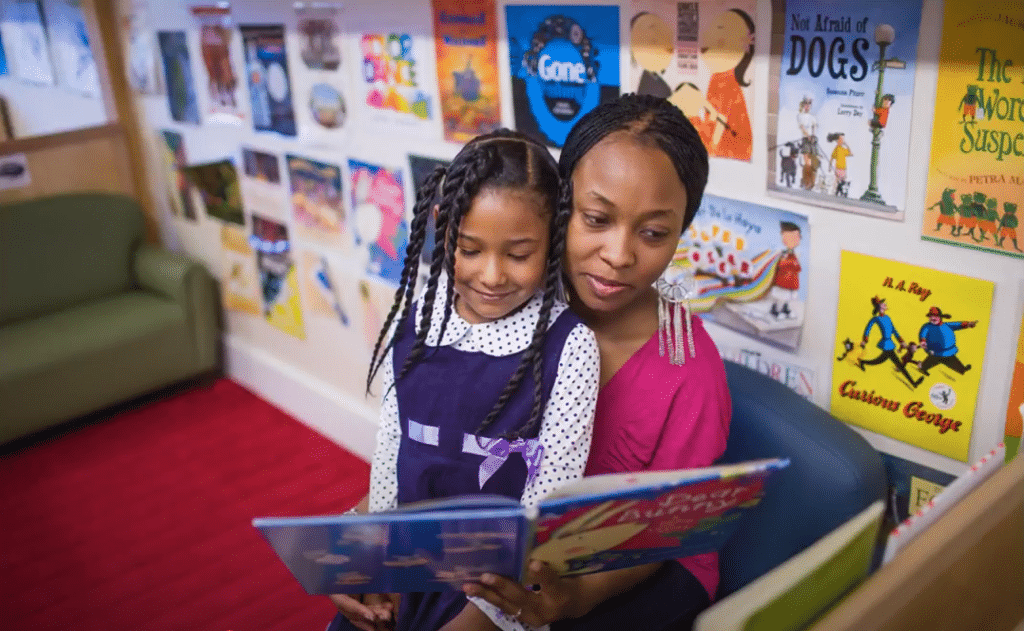
Among its strategies, the Diverse Books for All Coalition, which includes many of the nation’s largest nonprofits that distribute books to children, will leverage the power of aggregate buying to influence the availability and pricing of diverse children’s books. The W.K. Kellogg Foundation has awarded First Book, the nonprofit social enterprise that organized the coalition, with a $1 million, 18-month grant to support the initiative.
According to the Cooperative Children’s Book Center, in the School of Education at the University of Wisconsin-Madison, out of 3,183 children’s books published in the U.S. in 2021:
Books written by authors from diverse races and cultures were similarly under-represented: out of the 3,183 children’s books published in the U.S.:
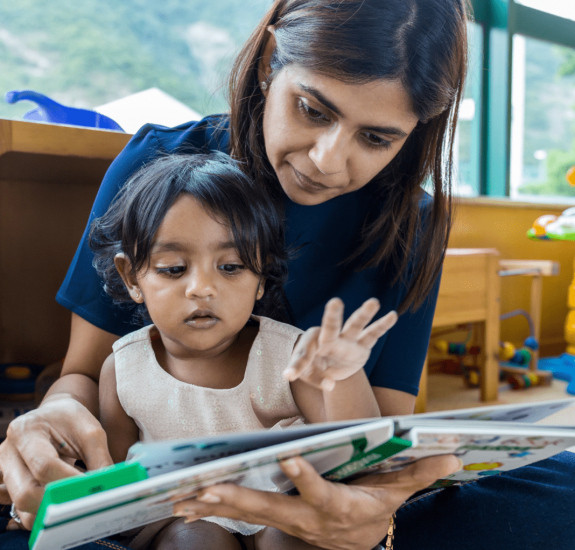
Despite the importance of reading, nationally, only 37.4% of babies are read to daily.
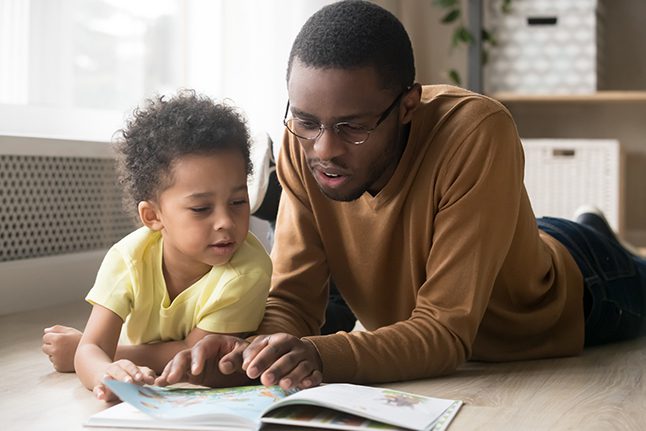
The percentages of Asian (35.4%), Black (25.5%), and Hispanic (23.5%) parents who reported reading to their baby daily were lower than the national average. Parents in households with low income were significantly less likely to read to their infants/ toddlers every day (27.5%) than those in households above low income (44.1%).
The 2023 findings show the longstanding disparities in good health, strong families, and positive early learning experiences, drain our nation’s future potential and leave families to fend for themselves. Significant historic and current structural inequities exist in the opportunities available to babies of color to thrive, as well as those in families with low-income, and in urban or rural areas.
Use books as a jumping off point for what will be a lifetime of conversations about who your child is—and who you are as a family. Offering a diverse outlook on the world through stories gives children of color the chance to see themselves in books—and for all children, is a powerful way of challenging racial stereotypes from the start. Use the Diverse Book Finder to discover new gems.
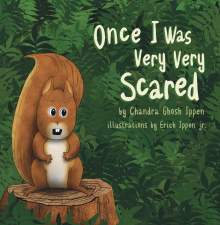
Once I was Very Very Scared was written by Dr. Chandra Ghosh Ippen to help children and grown-ups (parents, teachers, and other important adults) understand how stress can affect children and ways to help them.
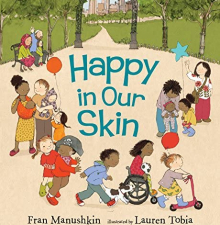
A celebration of skin, written in rhyme! “This is how we all begin, small and happy in our skin.” Fran Manushkin’s rollicking text and Lauren Tobia’s colorful illustrations paint a breezy and irresistible picture of the human family — and how wonderful it is to be just who you are.
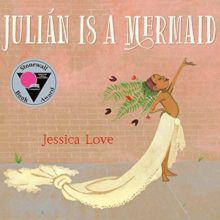
A little boy “mermaid” finds his tribe at the Mermaid Parade in Coney Island. Julian is a Mermaid is a jubilant picture of self-love and a radiant celebration of individuality. Children can begin to understand that there are many ways to express themselves.
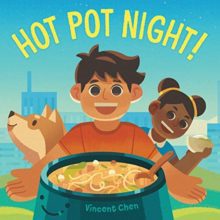
In this version of the classic Stone Soup tale, a Taiwanese American child brings his diverse neighbors together to make a tasty communal meal. Together, they cook up a steaming family dinner that celebrates community, cooperation, and culture.
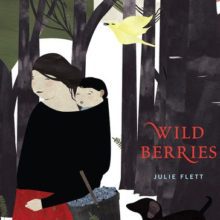
A little boy gathers berries with his grandmother and meets ant, spider and fox as they do. This story is set in a beautiful woodland landscape, the ancestral home of author and illustrator Julie Flett. (This book is also available in two dialects of Cree.)
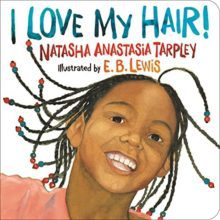
In this imaginative, evocative story, a girl named Keyana discovers the beauty and magic of her special hair, encouraging black children to be proud of their heritage and enhancing self-confidence. I Love My Hair! has been a staple in African-American picture books for 20 years
Early language and literacy (reading and writing) development begins in the first 3 years of life and is closely linked to a child’s earliest experiences with books and stories. Books that feature a wide variety of characters and experiences are a powerful way for all families to challenge stereotypes from the start. The following resources discuss early literacy and the importance of representation.

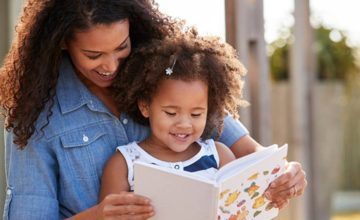
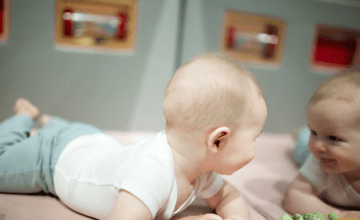
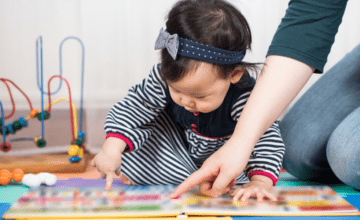
|
2025 LEARN Conference registration is now open! Join us in Baltimore Oct. 8-9.
|